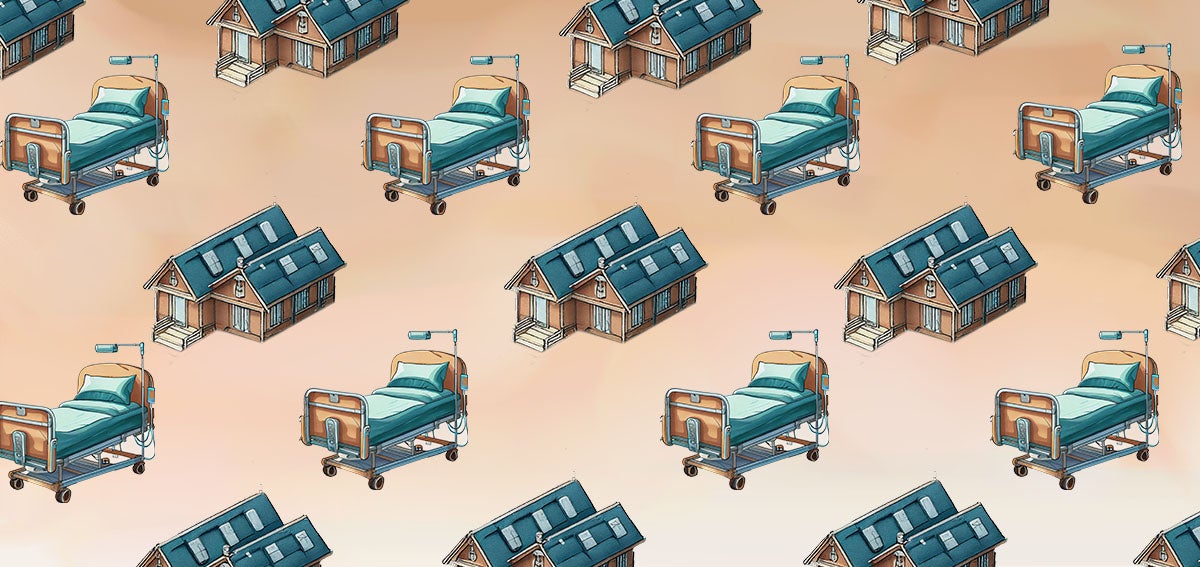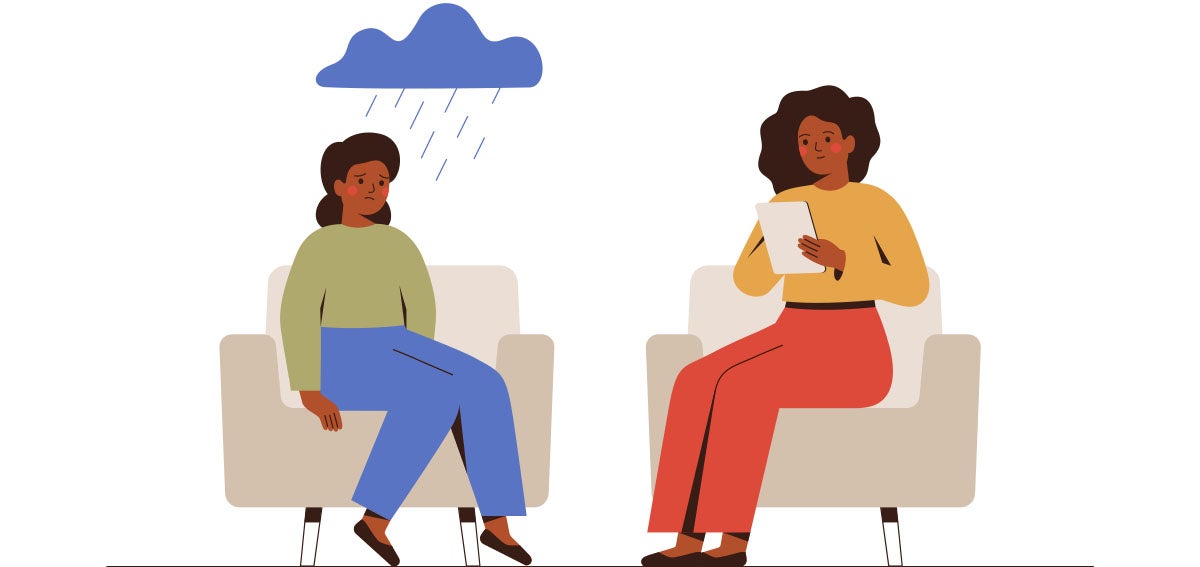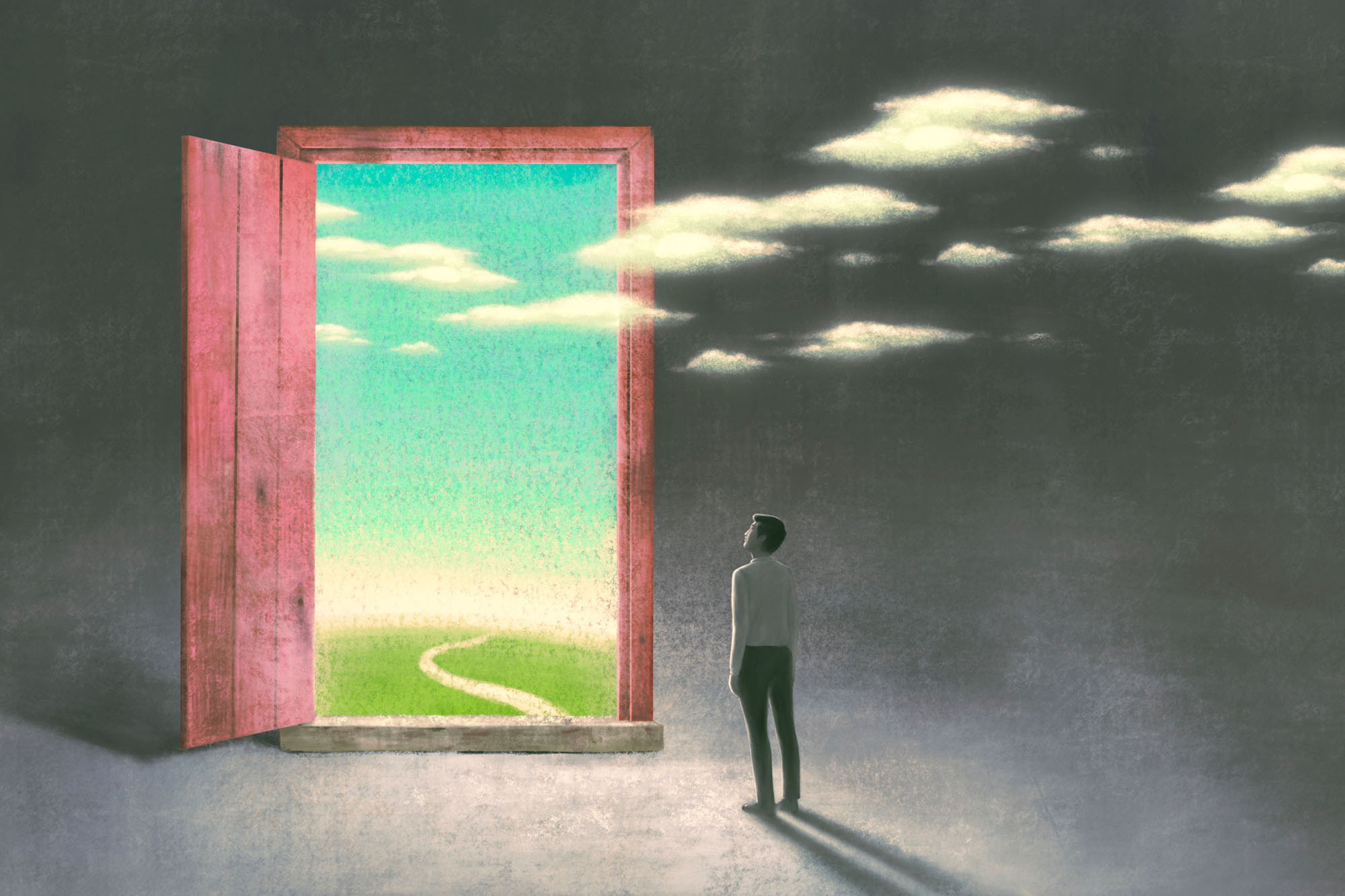Behavioral health care is health care, specifically for mental illnesses and substance use disorders. California’s behavioral health care system is organized based on a person’s condition, its severity, and sometimes type of insurance.
Based on this structure, people with mild or moderate mental health conditions are supposed to access treatment through their regular health care providers. People with serious mental illness or any type of substance use disorder are supposed to be treated through county-based behavioral health departments, which primarily serve people with Medi-Cal.
There are pros and cons to this system. On one hand, dedicated funding for behavioral health through counties protects the availability of care. On the other hand, people with behavioral health conditions aren’t always aware of where they should go to access care. So figuring out where and how to get care is falling on patients who are already struggling. This fragmentation also creates a challenging landscape for providers and administrators.
Resources in this section include practical policy insights, such as:
- Explainers on current laws, the integration of physical and behavioral health, and Medi-Cal and CalAIM benefits
- Lessons from specific California counties and other states
- Operational practices, like contracting and payment models
CHCF collaborates with a diverse array of partners — including state health agencies, counties, advocates, providers, and patients — to make the behavioral health care system more understandable and effective for both providers and patients.











